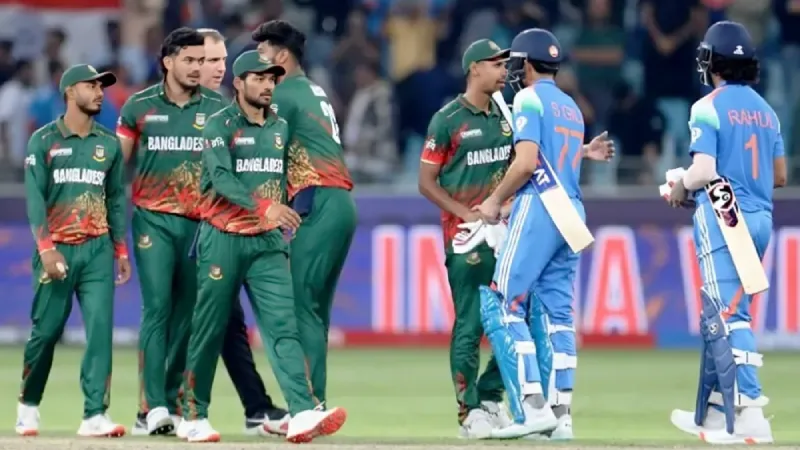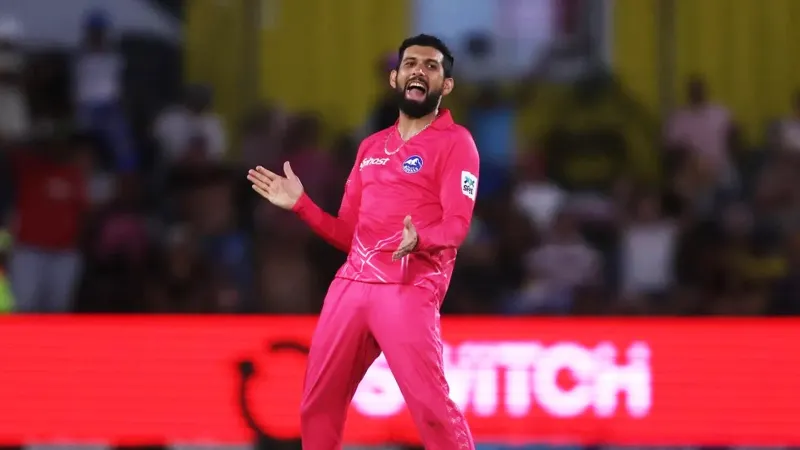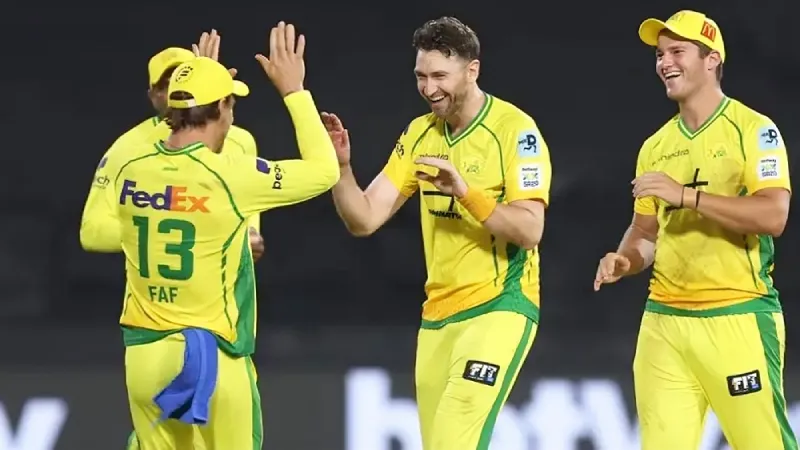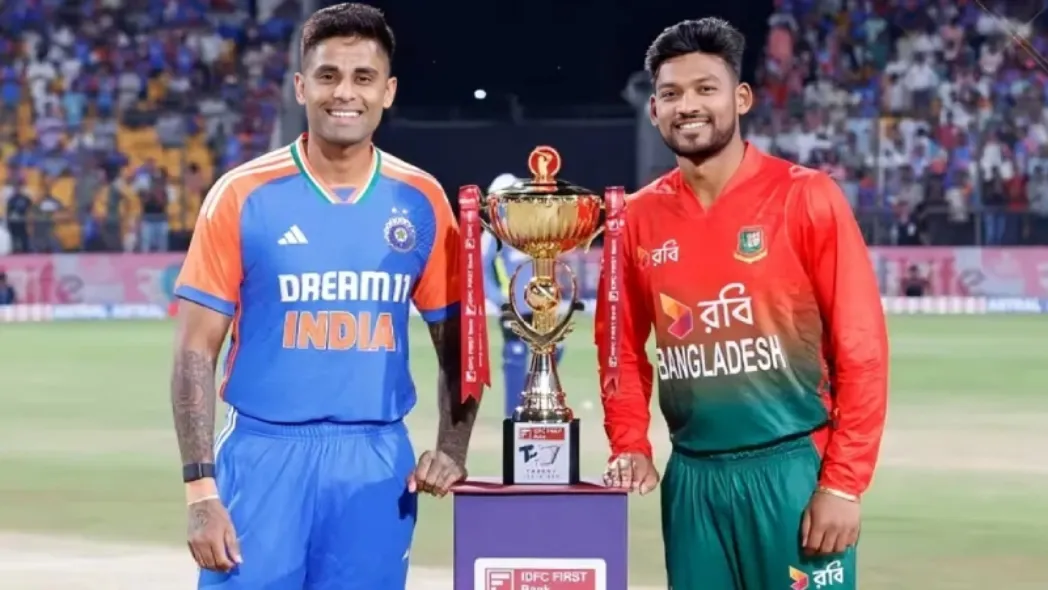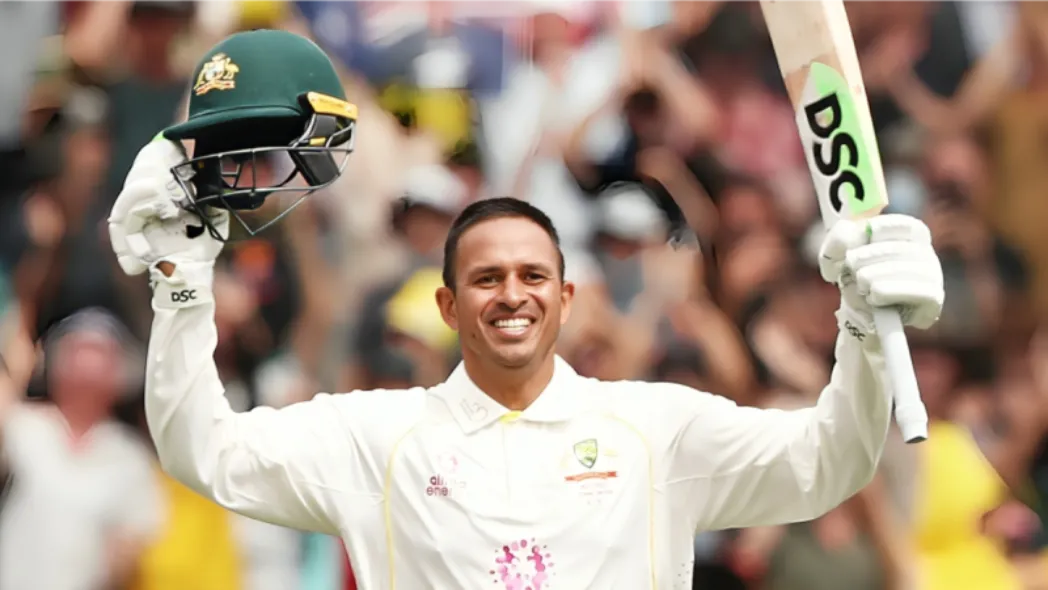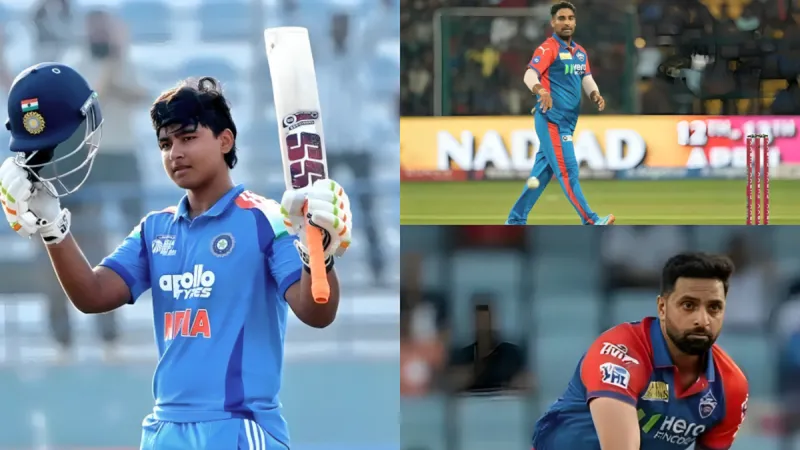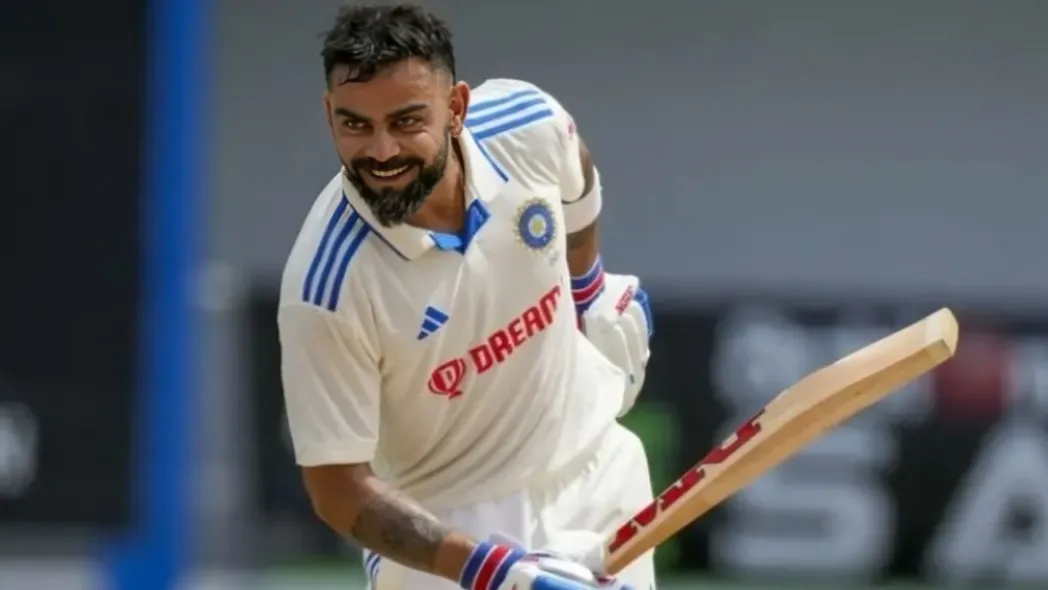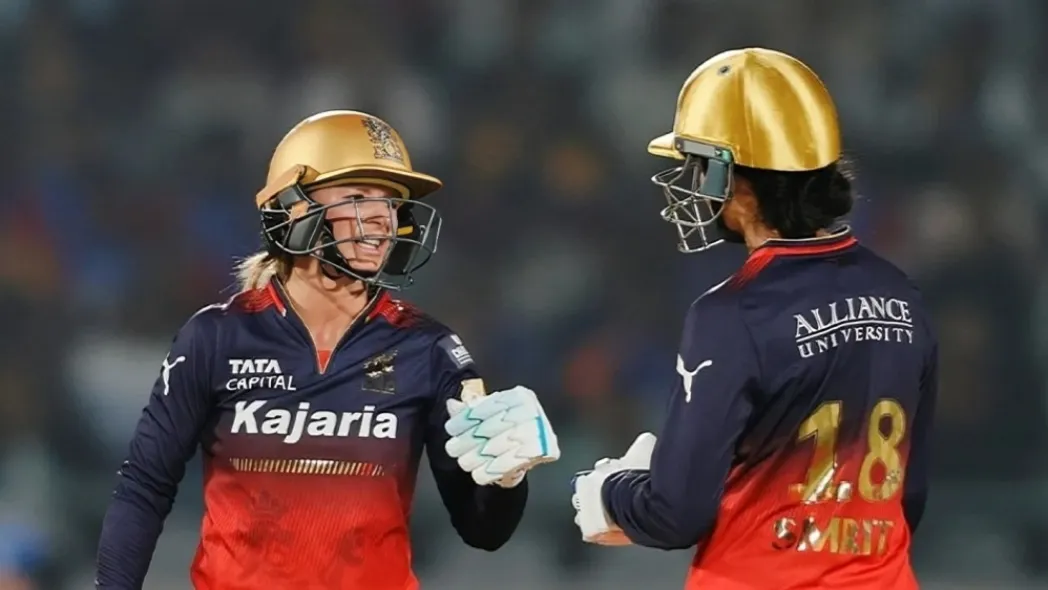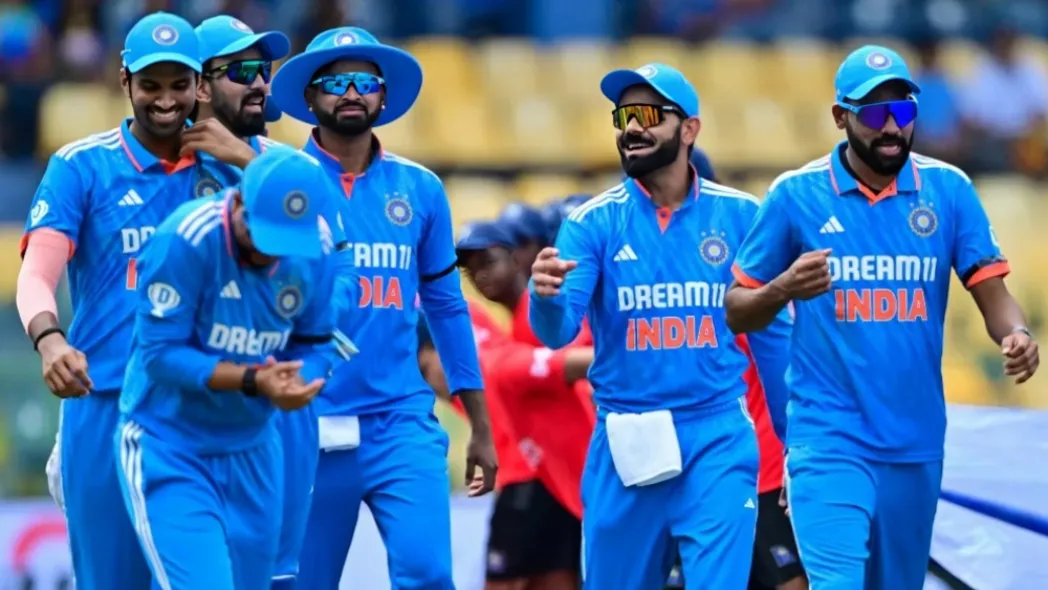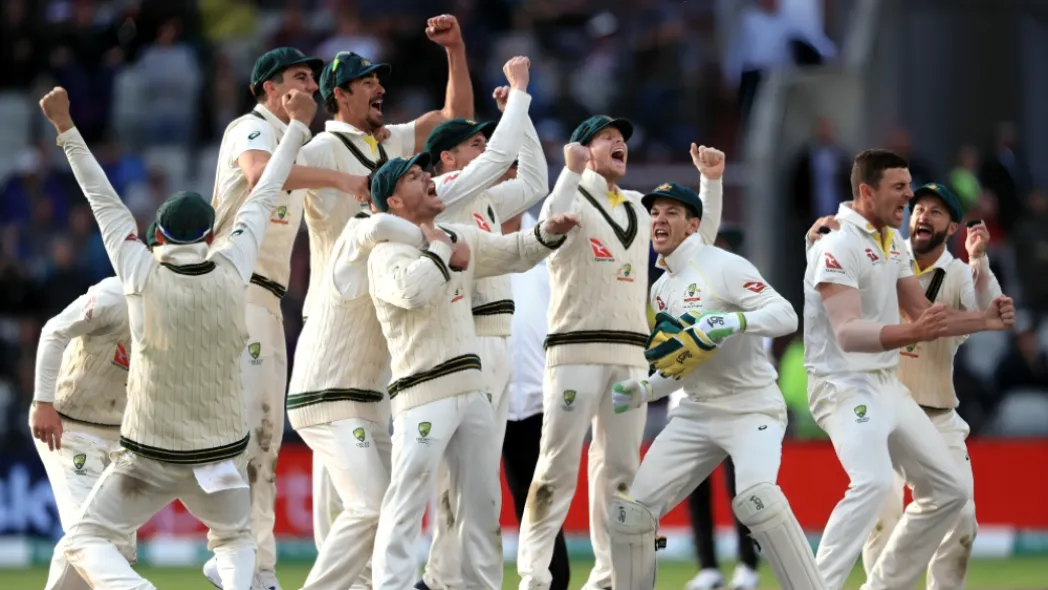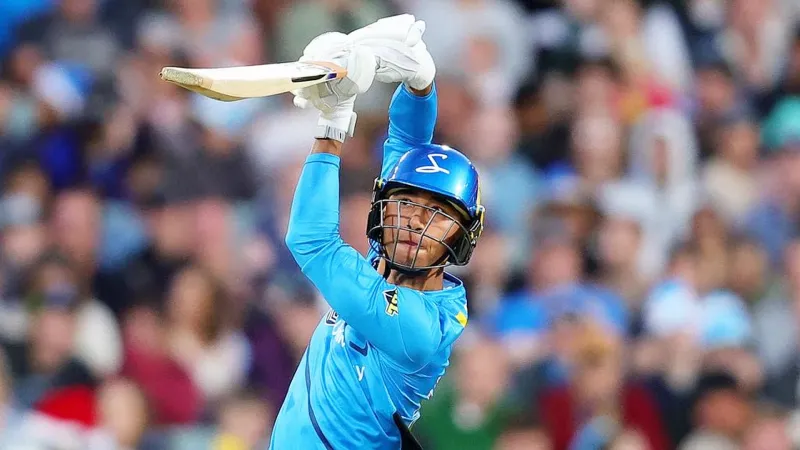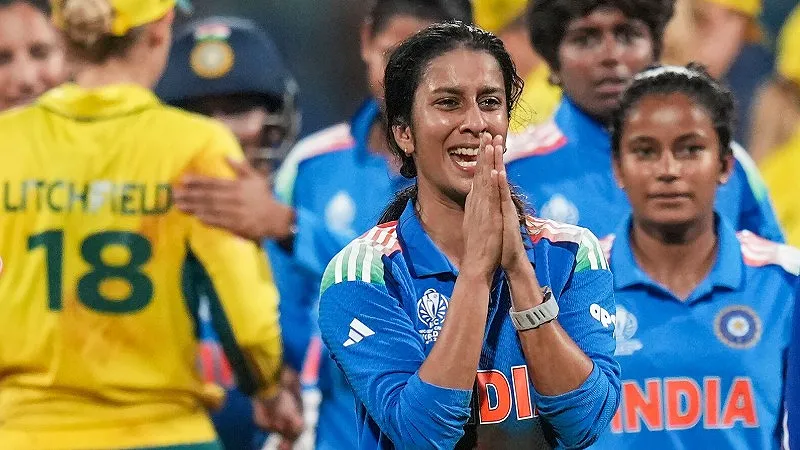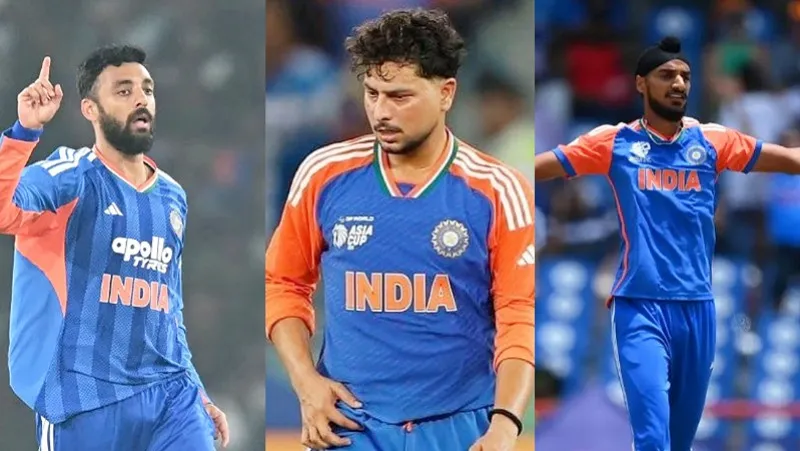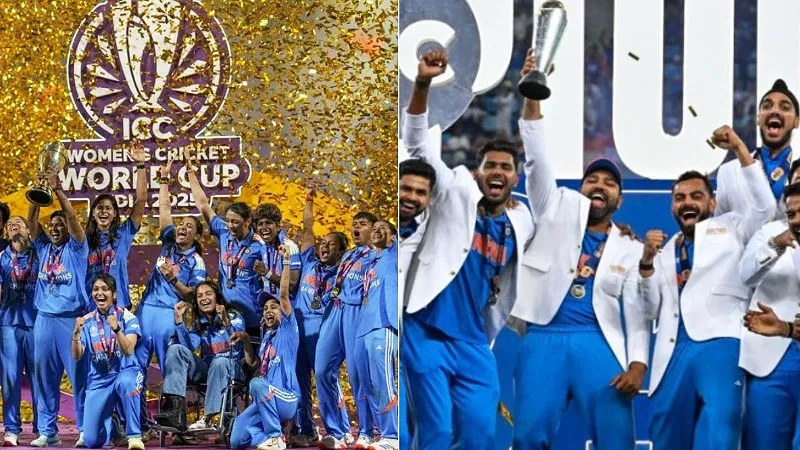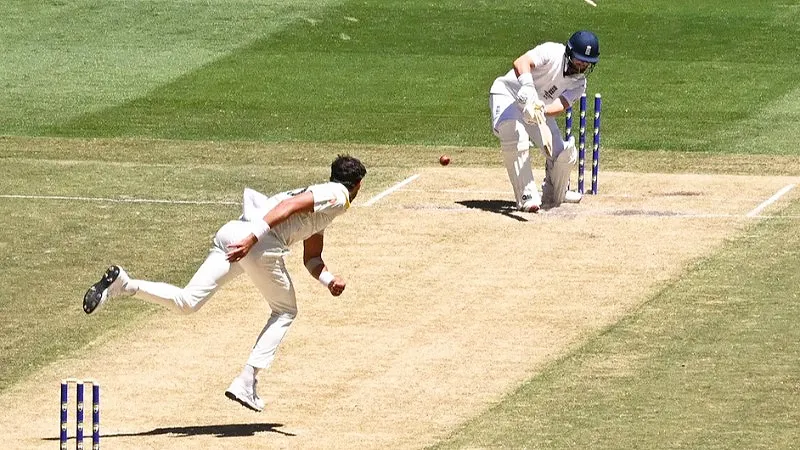The men’s ODI World Cup is a tournament that has witnessed legendary moments and intense battles over the years. While nail-biting encounters and close finishes define the essence of cricket, there’s another facet of the game that adds a different flavor – the one sided matches. In this analysis, we delve into the history of the Men’s ODI World Cup, examining the prevalence of such matches in each edition.
Here we will outline the number of matches, big wins, win percentage, and average run margin in every World Cup edition from 1975 to the present year, 2023. Let’s break down the numbers to understand the trends and evolutions in the tournament’s competitiveness.
A Historical Perspective
The Years (1975-1987)
In the inaugural 1975 World Cup, 53.33% of the matches were one-sided, with an average runs margin of 124.13 – a testament to the dominance of certain teams. The trend continued in the subsequent editions, notably in 1983 when 37.04% of matches ended decisively, albeit with a reduced average runs margin of 58.47.
The Years (1992-1999)
The early ’90s witnessed a decline in one-sided encounters, reaching a low of 10.81% in 1992. However, the average run margin remained relatively high, indicating that when matches were lopsided, they were emphatically so. The numbers picked up in 1996 and 1999, with the latter seeing a resurgence in big wins, reaching 24.39%.
The Years (2003-2019)
The 2003 World Cup marked a significant rise in one-sided matches, reaching a peak of 38%, with an astonishing average runs margin of 92.44 – a testament to the growing gap between dominant and struggling teams. The trend continued in 2007 and 2011, with over 40% of matches displaying a clear winner. Interestingly, the average run margin also spiked, indicating not only more one-sided contests but also more convincing victories.
The Years (2015-2023)
The 2015 edition maintained a high percentage of one-sided matches, reaching 45.83%. The average run margin remained consistently above 110, showcasing the growing influence of powerhouse teams. The 2019 World Cup, however, witnessed a slight dip in dominance, with 29.55% of matches being one-sided and a relatively lower average runs margin of 55.60.
The Current year (2023)
As of the latest edition in 2023, the trend of one-sided matches has bounced back to 45.83%, matching the statistics from 2015. What’s noteworthy is the staggering average run margin of 134.68, signaling an era where teams are not only winning convincingly but doing so with unprecedented margins.
What Does It Mean for the Game?
While one-sided matches may lack the suspense and thrill of close encounters, they play a crucial role in showcasing the disparity in skill and performance among teams. The rise in average run margin suggests a growing gap between the stronger and weaker sides in the tournament. This could potentially raise questions about the competitiveness of the World Cup, urging the International Cricket Council (ICC) to explore ways to level the playing field.


